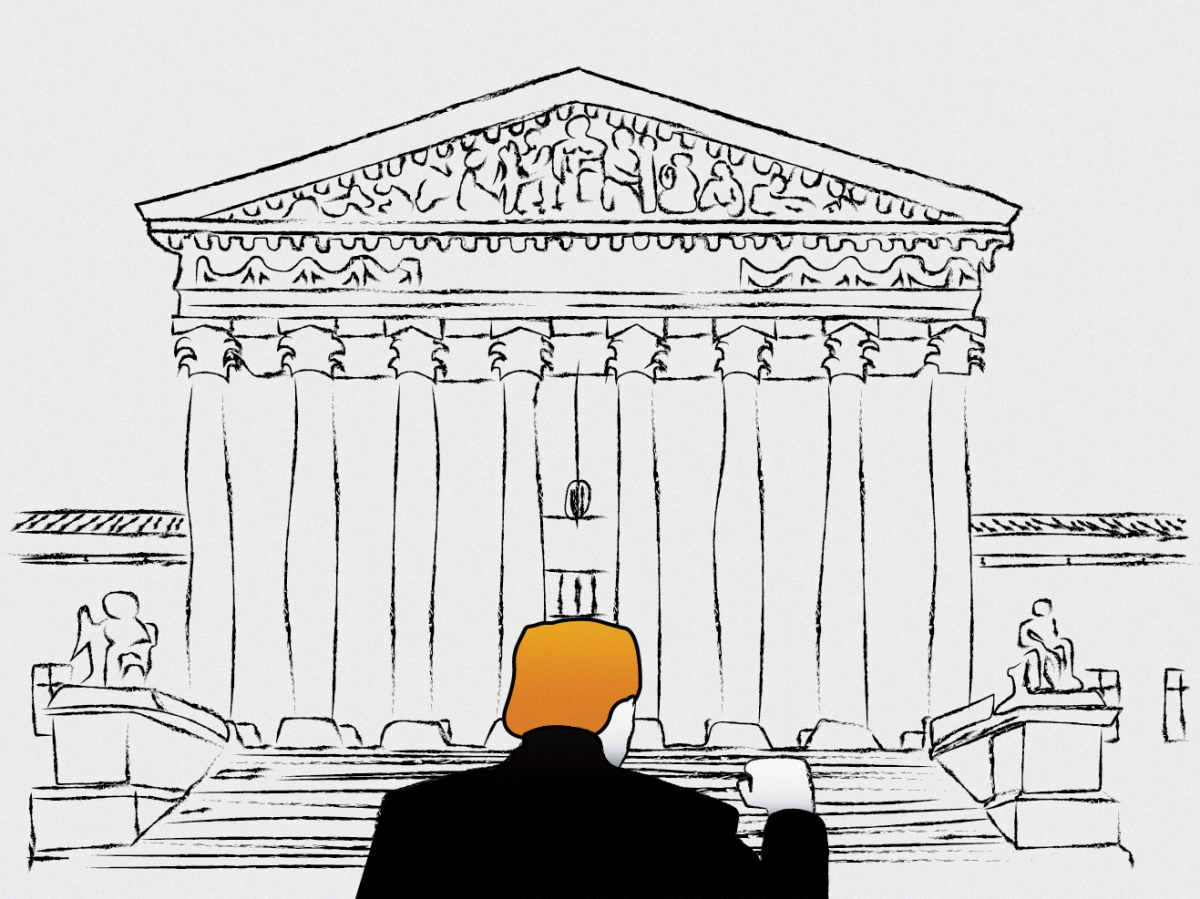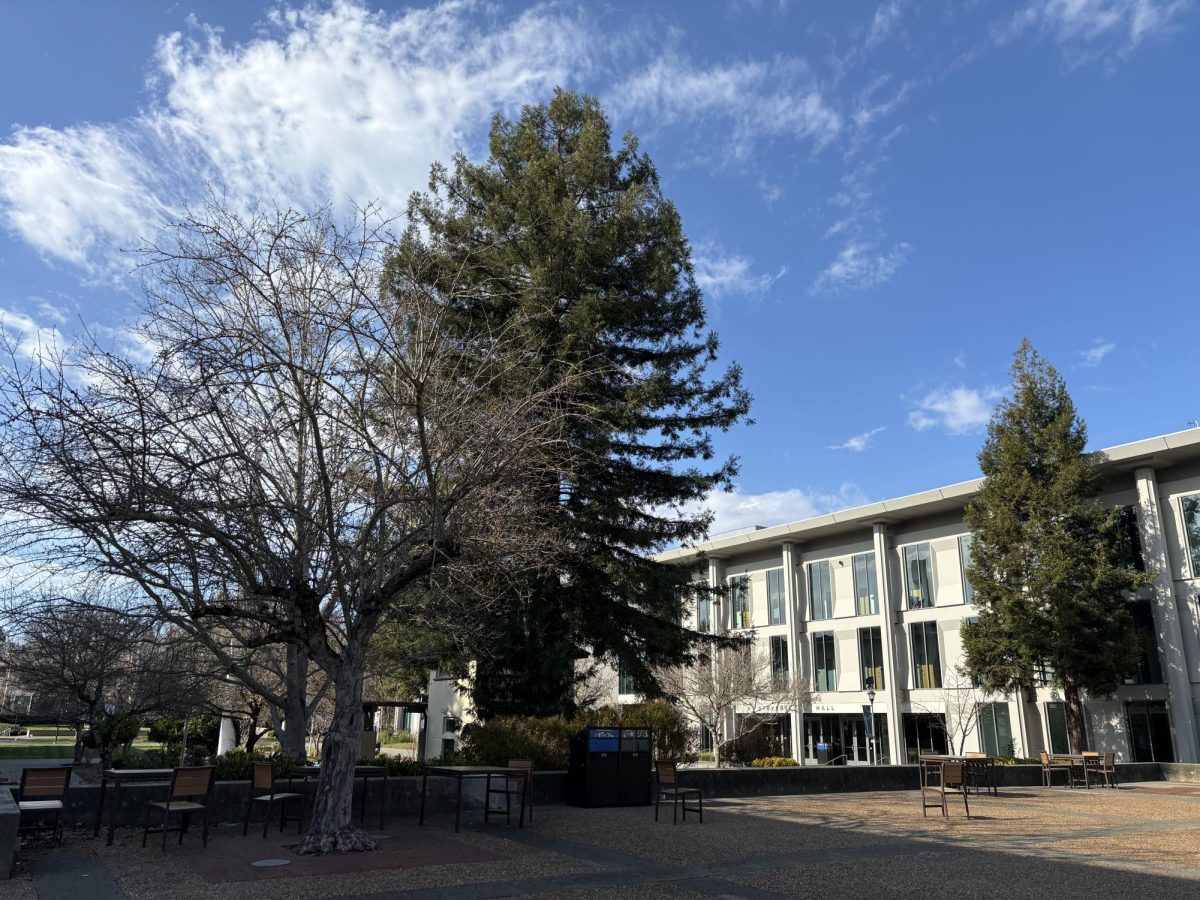On March 4, the Supreme Court unanimously voted that Colorado cannot remove former President Donald Trump from their election ballot.
After removing Trump from the Colorado ballot in December of last year due to his involvement in the January 6 riot, the ruling came. Notably though, the ruling did not specifically include Trump’s involvement on the day of the riot.
“It’s significant because for a long time, we’ve had this provision, the 14th amendment. This was instituted following the Civil War to keep people who lead insurrections from running for public office or being eligible to hold public office,” said Comp Civics Teacher Stacey Sklar.
The Colorado Supreme Court first ruled that Trump could not run for president under section 3 of the 14th Amendment in Anderson v. Griswold. This statue states that those who “engaged in insurrection or rebellion” cannot hold office. The Supreme Court, however, has rejected this in its ruling.
In particular, the Supreme Court ruled that only Congress can decide how the 14th Amendment is enforced. However, the decision said that states can remove a candidate running for a state office.
“It may satisfy [the US] in the short term, but in the long run, it’s going to create a precedent that makes it really difficult to apply this provision,” said Sklar.
In addition to Colorado, Maine and Illinois have also attempted to remove Trump from the ballot for the same reason. Under this ruling, they are now unable to do so. Though it allows Trump to stay on ballots across the US, this complicates the enforcement of the 14th amendment.
“I feel like it should be applicable. Why would we want someone to hold the office of chief executive who has taken action against the United States and its peaceful transition of power?” said Sklar.




















